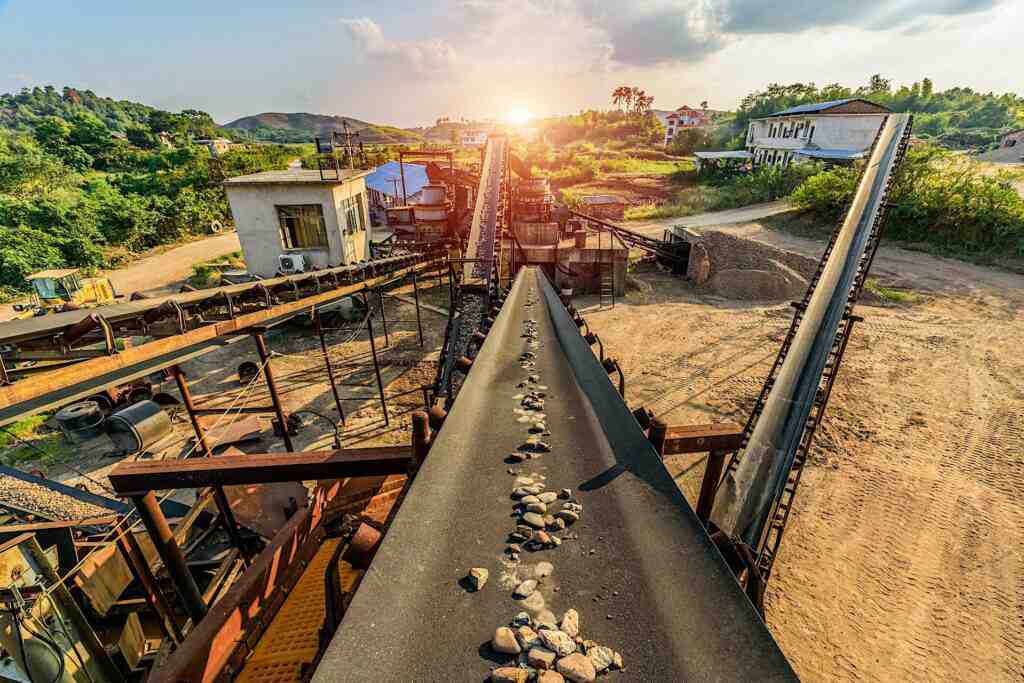
Blowing Bubbles?
Hydrogen Supply and the Decarbonisation of Smelting Operations
At the Skarn LME presentations in 2024, Dr John Anderson of Skarn reviewed the key factors necessary to decarbonise base metal smelting operations. Two key areas were highlighted:
· the need for power produced from renewable sources
· the need to replace hydrocarbons used for process heating and process reactions
The latter centred around the use of hydrogen and the need for tonnage green hydrogen. Skarn further looked at the hydrogen question in a feature article in the 2024 Q3 edition of the Skarn Decarbonisation Quarterly.
In essence, smelter operators can consider the use of hydrogen in their process, but things will never progress until sustainably produced hydrogen is available in sufficient quantities at an economically viable prices. Unfortunately, smelting operations are not the only potential user for hydrogen. In fact, there will potentially be intense competition for hydrogen - and especially for green hydrogen.
Under this scenario, one would think that there are huge opportunities for hydrogen supply companies. Many projects have been reported globally and so one would expect to start to see the widespread use of hydrogen in smelting as more hydrogen production comes online.
But we are in turbulent political times with the decarbonisation agenda under fire, notably in the United States. Many companies appear to be wavering in their previous decarbonisation commitments. One such company is BP, which announced in March 2025 that its project to build a hydrogen production hub in the UK was to be cancelled. To be known as HyGreen Teesside, it was expected to be one of the UK’s largest hydrogen production facilities, targeting 500MW of electrolyser capacity by 2030, with an initial 80MW phase slated to come online this year.
Does BP’s decision of really matter to smelter decarbonisation? It was to be a UK facility, i.e.in a country with limited smelting activity. In fact, HyGreen was to be built on the site of the former steel plant at Redcar. A review of the International Energy Authority interactive tool, which logs hydrogen production projects and operations to 2030 globally, reveals the following data:
This data clearly shows that in terms of both number of potential operations and their capacity - a significant percentage (56% by number and 97% by capacity) are only at the feasibility, demonstration or conceptual stage. Thus, if the BP decision was repeated more globally it would have serious implications not only on efforts to decarbonise smelting operations but hydrogen supply overall.
Furthermore, the majority of hydrogen production operations, including those at the feasibility, demonstration or conceptual stage, are based around electrolyser technology. These would require significant amounts of power, and to produce green hydrogen this would need to be power generated from renewable sources. If this is not available, then again, these potential operations could stall having further implications on hydrogen availability.
Without hydrogen the decarbonisation of smelting technologies will stall.
MORE FROM SKARN

About Us
Skarn Associates is the market leader in quantifying and benchmarking asset-level greenhouse gas emissions, energy intensity, and water use across the mining sector.
